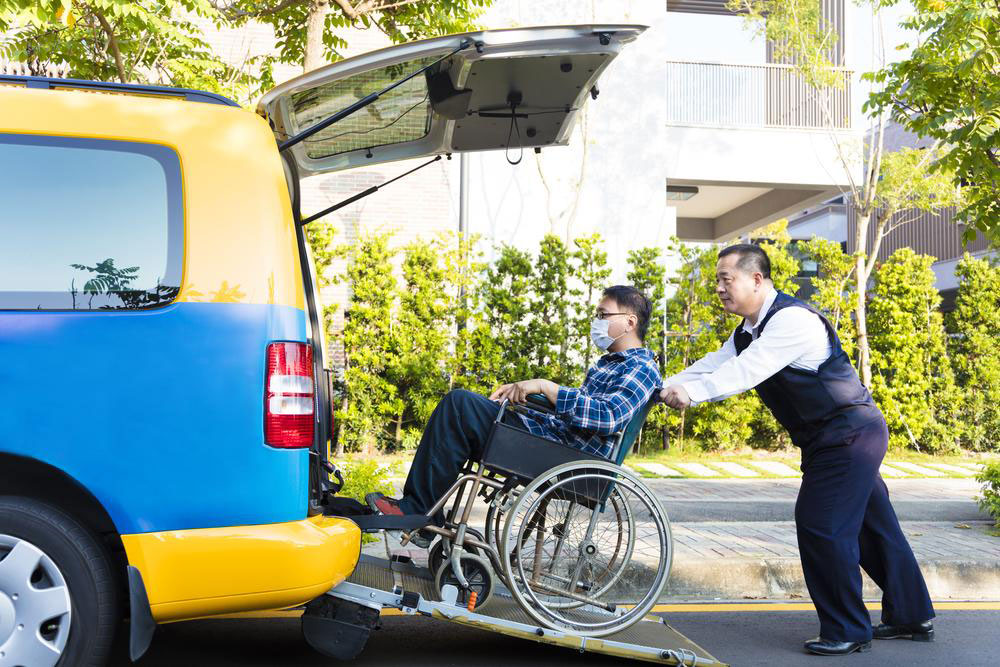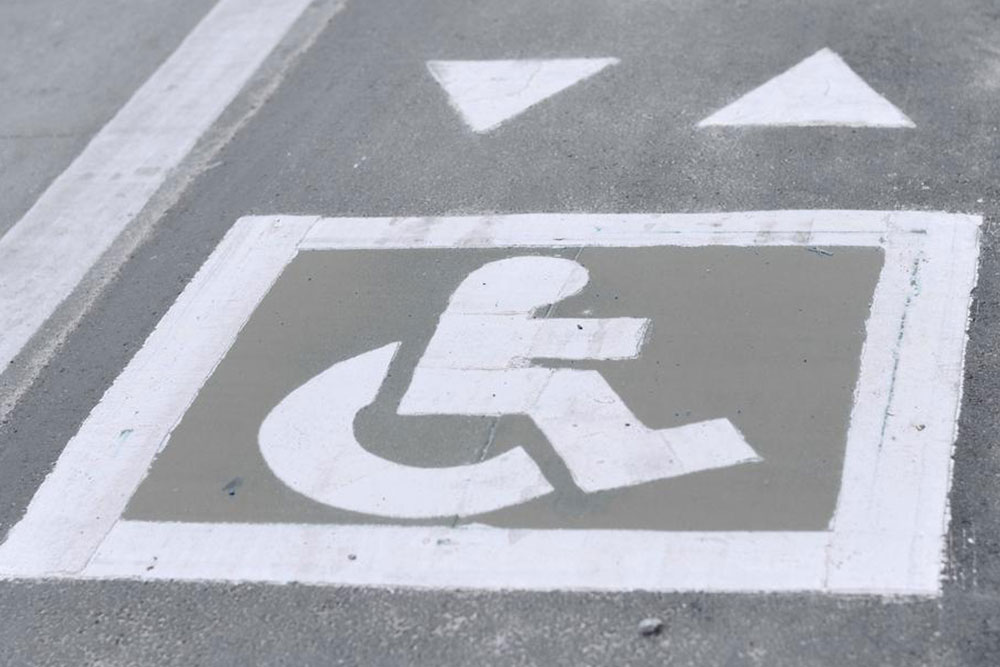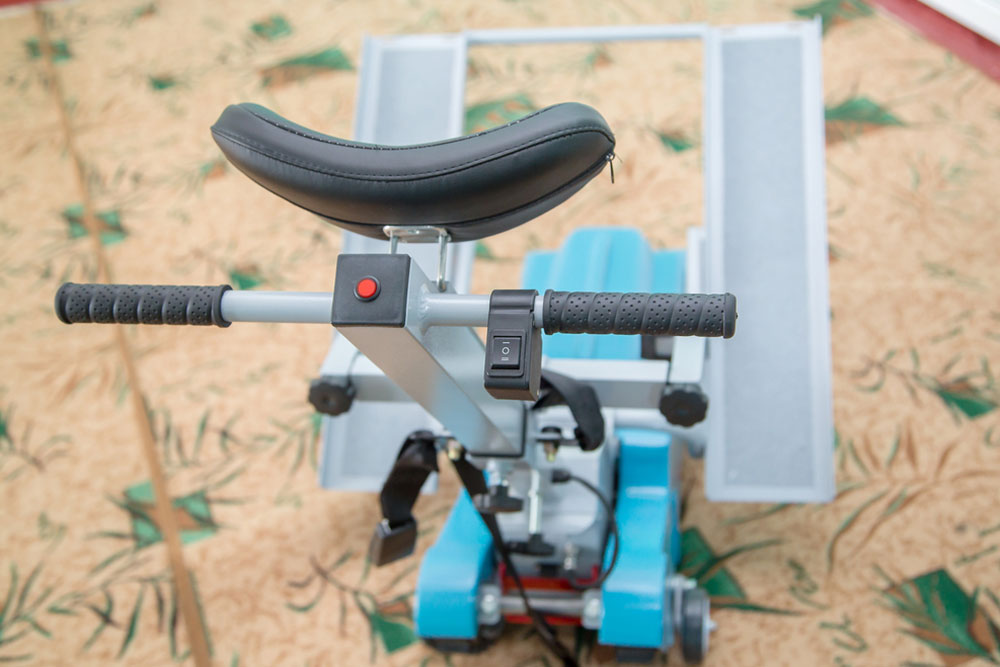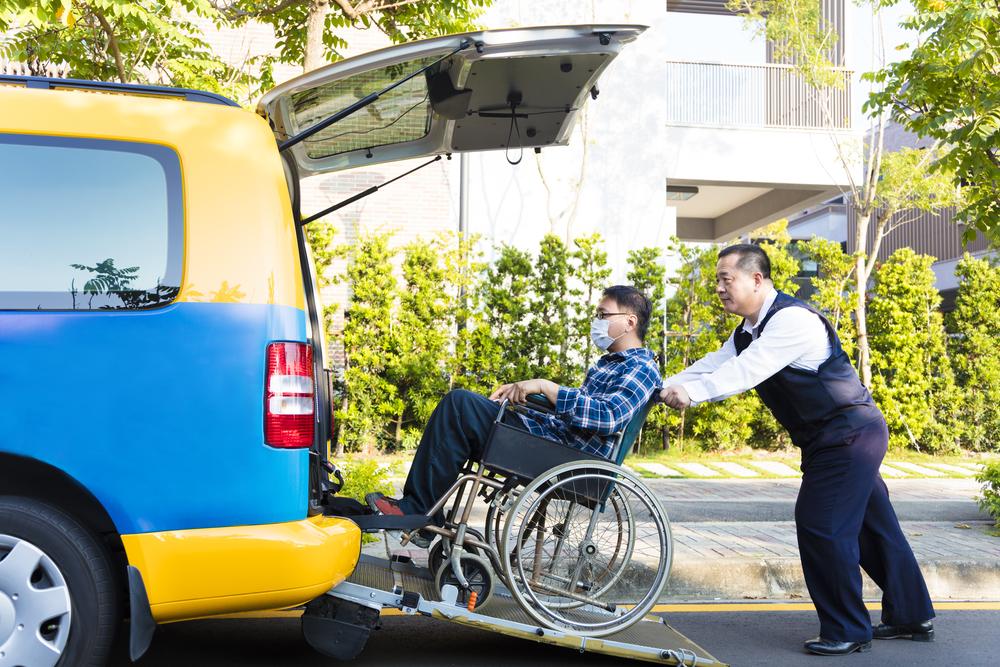Comprehensive Guide to Custom Wheelchair Accessible Van Modifications
Discover comprehensive insights into custom modifications for wheelchair accessible vans, including advanced floor lowering systems, automated ramps, safety features, and interior adaptations. Learn how these modifications enhance mobility, safety, and independence for wheelchair users, whether for personal or commercial use. Explore different entry types and the latest technological innovations in accessible vehicle design, ensuring safe and comfortable transportation solutions tailored to individual needs.
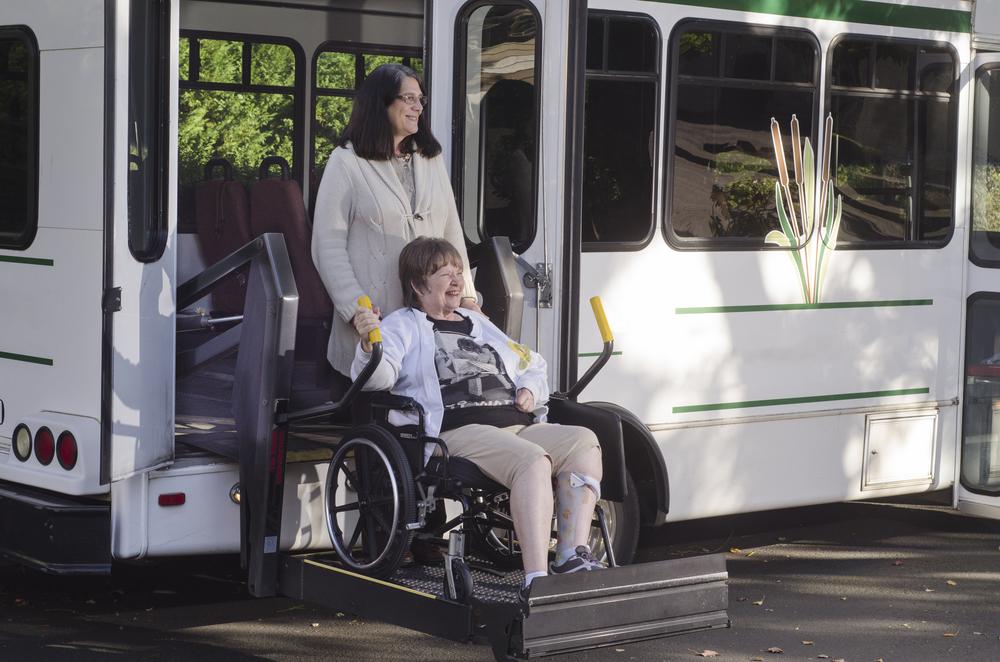
Comprehensive Guide to Custom Wheelchair Accessible Van Modifications
Vehicles specially designed for wheelchair users have become an essential part of accessible transportation, allowing individuals with mobility challenges to maintain independence and enjoy greater freedom in their daily travel. These adapted vans are either personalized or commercially produced, featuring a range of modifications that enhance comfort, safety, and convenience for wheelchair-bound passengers. Whether for personal use or commercial purpose, understanding the types of modifications available, their benefits, and the technology involved can help you make informed decisions about accessible transport solutions.
Understanding Custom Modifications for Wheelchair Accessible Vans
Floor Lowering Systems: One of the most common modifications involves lowering a section of the vehicle’s floor. This reduction in height creates a clear, unobstructed pathway suitable for navigating speed bumps and uneven terrain. It also provides enough clearance to accommodate ramps or lifts, making entry and exit smoother for wheelchair users.
Automatic Ramps and Lift Technologies: To facilitate easy wheelchair loading and unloading, various ramp systems are integrated into the vehicle. Automated ramps or hydraulic lifts can extend outward or downward, enabling wheelchair users to enter and exit with minimal effort. These systems are designed for reliability and ease of use, often operated with a simple switch or remote control.
Interior Seat Reconfiguration: Flexible interior layouts are essential for maximizing usable space. Seats might be removed, relocated, or replaced with accessible seating options to securely accommodate the wheelchair. Ensuring that the seating arrangement complies with safety standards is crucial for passenger protection during transit.
External Ramps and Rotating Seats: Some vans feature external ramps that extend outside the vehicle, providing a gentle slope for wheelchair entry. Alternatively, rotating or swivel seats inside the vehicle allow for easier transfers from the wheelchair to other seating areas, enhancing comfort and independence.
Heavy-Duty Adjustments for Electric Wheelchairs: Electric wheelchairs tend to be heavier and require specific modifications such as reinforced shock absorbers and optimized load distribution. These features help manage additional weight, ensuring safe and smooth operation during travel.
Enhanced Safety Features: To guarantee safety throughout the journey, modifications often include reinforcing the vehicle’s floor, installing securement systems, and adding restraints that keep the wheelchair firmly in place. These features prevent movement that could compromise passenger safety, especially during sudden stops or turns.
It’s vital to recognize that the specific modifications depend heavily on the entry type—side or rear. Side-entry vans are advantageous for drivers who are wheelchair users themselves, as they can remain seated during transit, offering greater convenience. Conversely, rear-entry vans typically provide larger interior space, being suitable when the wheelchair user is not the driver and require simpler modifications for accessibility. Each configuration has trade-offs concerning space, ease of access, and suitability based on individual needs.
Implementing these custom modifications requires careful planning to meet safety standards, user comfort, and legal regulations. Professional conversion services typically employ specialized technicians trained in accessibility modifications, ensuring each vehicle adheres to safety protocols and quality standards. The process involves assessing the individual user’s wheelchair type, mobility needs, and preferences to create a tailored transport solution that maximizes independence and convenience.
In conclusion, the evolution of wheelchair accessible van modifications continues to improve, driven by advances in vehicle technology and accessibility standards. Today’s options provide a combination of safety features, user-friendly systems, and structural enhancements that enable individuals with mobility challenges to travel with confidence and independence. Whether for daily commuting, family outings, or commercial transportation services, customized accessible vans play a crucial role in fostering inclusivity and mobility for all.
